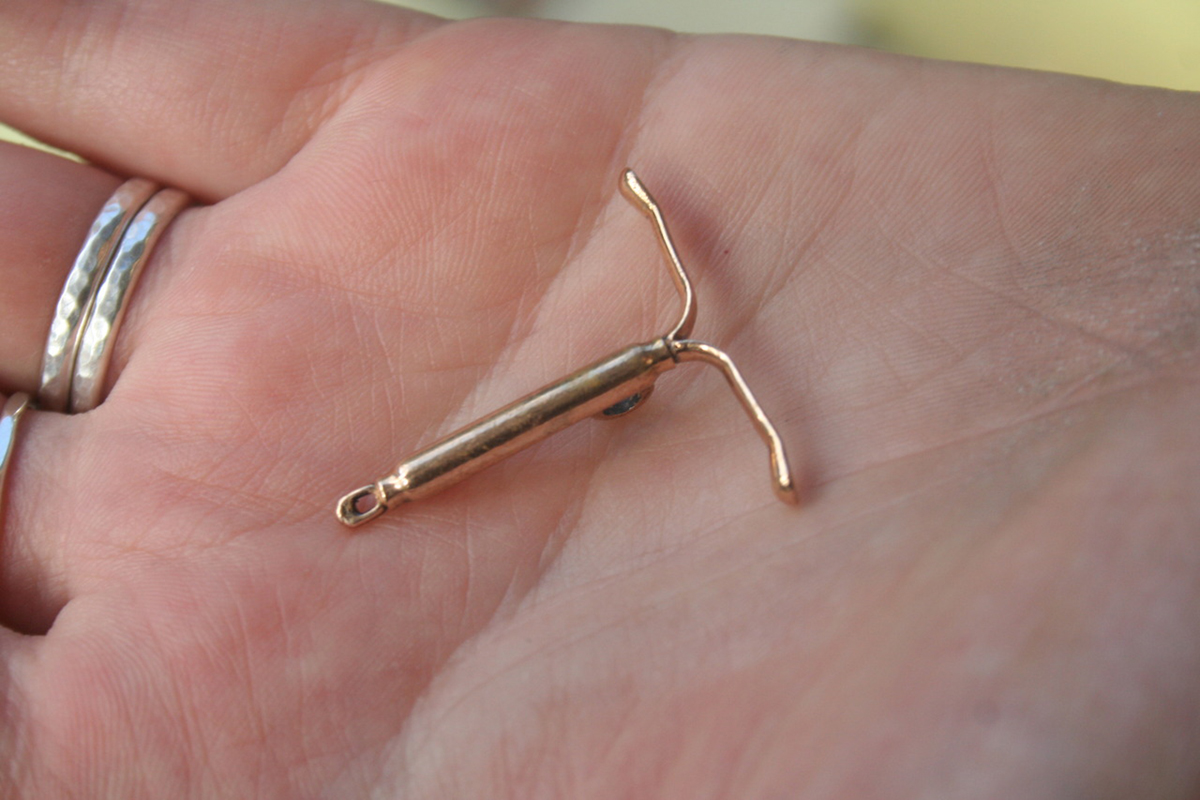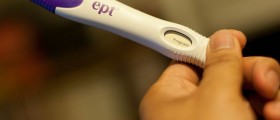
IUD side effects
IUD is one of many birth control devices. Intrauterine device is shaped like a letter T and is placed by a medicinal practitioner in the uterus when a person comes for an office visit. There is a string attached to the device and through that string the doctor will know if the device is in place. This is an excellent birth control since the patient can not remove it by herself, it can only be removed by the doctor.
Some women find it a lot easier to control their birth with this intrauterine device instead of buying condoms or birth control pills all the time. The main purpose of IUD is to obstruct unwanted pregnancies. However, not even IUD is 100% sure that a person will not get pregnant. There is 1% chance of actually getting pregnant with the IUD but it is still safer than condoms or birth control pills. Intrauterine device is the best thing if a person does not want to get pregnant after absolute abstinence.
IUDs are specifically designed to prevent the sperm from reaching the fallopian tubes. There are two types of intrauterine devices which a woman can use. One of them is Mirena IUD and this device releases progestin hormones. This hormone impedes the sperm movement and renders the uterus incapable of conception for a certain period of time. The other type is called ParaGard IUD and this one is wrapped in copper filaments. This copper is supposed to poison the sperm in the cervical mucus. Even though this sounds safe, women should really think whether they want to do this. Side effects should be taken into consideration as well.
Side effects of intrauterine devices
When the IUD is inserted for the first time almost all women experience painful cramping of the lower abdomen. Lower back hurts as well and these two are the most common side effects. In addition to these, a woman may feel dizzy as well. Women who use Mirena IUDs often have problems because cysts appear on the ovaries which can lead to the disruption of menstrual cycles. However, the cysts do disappear in time. A lot of women have problems with irregular bleeding after the IUD. The menstrual flow with these women tends to heighten by 50-75% and because of this they should talk to a doctor before using IUDs. There is always a possibility of uterus infection during the insertion of IUD. Women in their teenage years and women who have not given birth yet have a chance of their IUDs slipping out of the uterus. Women should also bear in mind that IUD does not protect them from ending up with some sexually transmitted disease. These are only some of the side effects.

















Your thoughts on this
Loading...